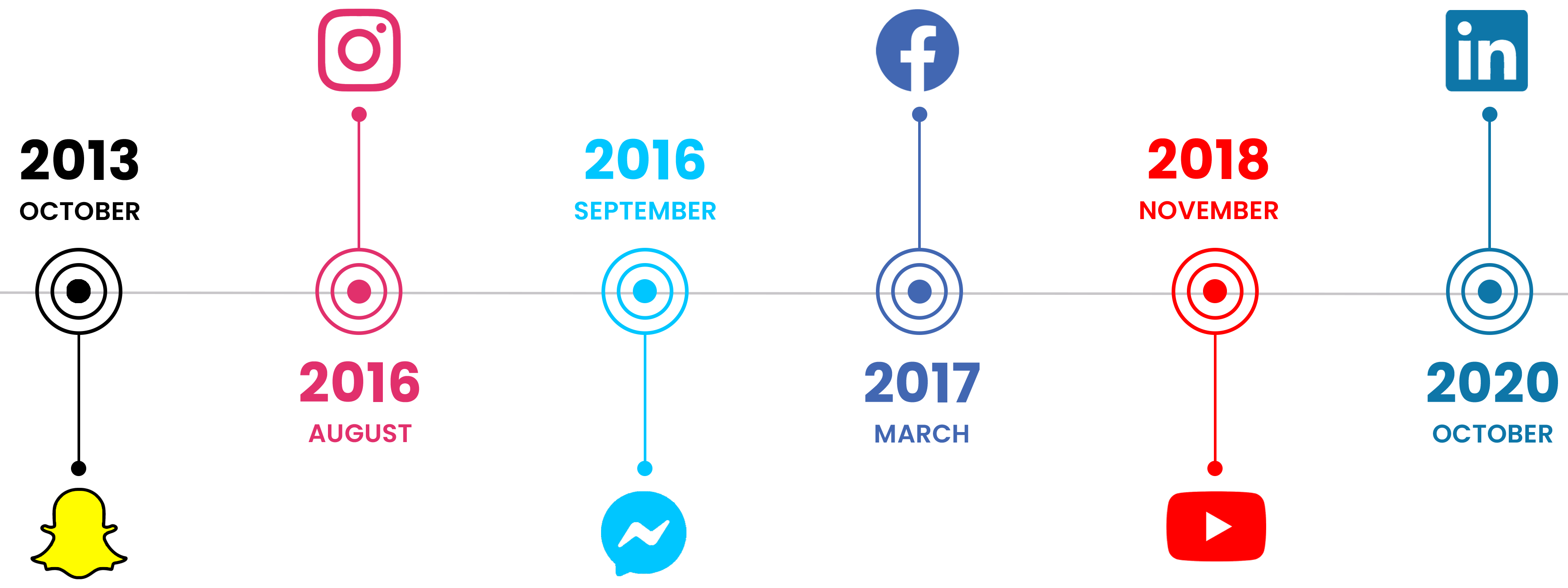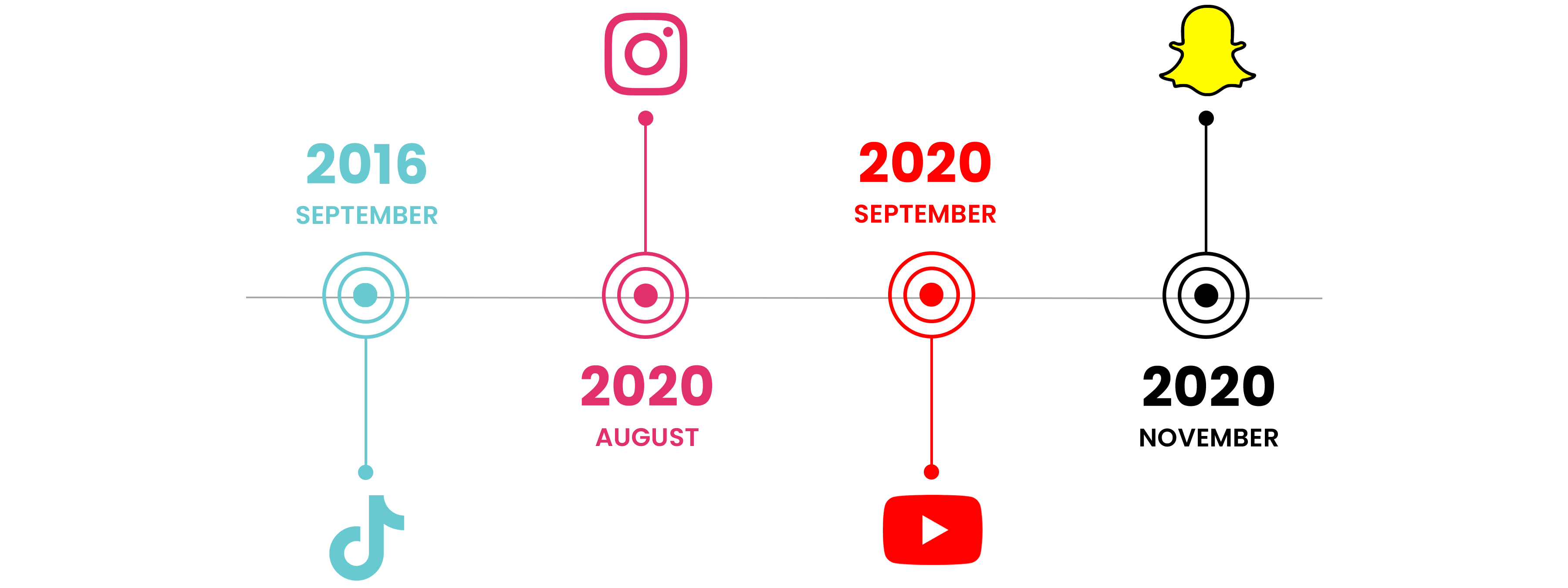Dark Patterns
Dark patterns are tricks that are often used on websites and applications, their purpose is to get the user to do something that they may not want to do, but that will benefit the application they are using. Dark patterns can have a detrimental effect on a user’s wellbeing and are commonly used in social media applications.
Features such as infinite scroll, ‘likes’ and adverts are all dark patterns that are frequently used in a majority of applications. Infinite scroll provides users with a never-ending stream of content keeping them glued to their phones. ‘Likes’ provide us with feel good chemicals such as dopamine, and adverts are often camouflaged or mixed amongst our main feeds hoping that we may accidentally click on them.
When you get email notifications from applications telling you about activity you need to view, but not actually telling you what it is, for example when LinkedIn email you to say, you have a message but do not tell you what the message is and instead give you a button that takes you to the website, that is a dark pattern.
Some applications use dark patterns when users try to deactivate their accounts. If you were to try to delete your Instagram account you would find that they suggest you disable it instead of deleting it, they then provide you with a drop down to select the reason you want to disable the account and depending on your selection, they will suggest you carry out another action instead of deleting your account, for example if you choose that the application is ‘too distracting’ they will suggest that you just remove the application from your phone and come back to it when you want.
These dark patterns are used throughout social media applications and no matter where we go, they cannot be avoided. With more and more applications adopting the same features, dark patterns are becoming more prominent meaning that a user cannot escape them, regardless of the application they use.



The Social Media Analysis
Social media applications were created to allow their users to share moments from their lives, but with the rise of filters, editing and creators showing only the ‘highlights’ and ‘good times’ it is creating a user base that is addicted to these applications due to the FOMO. The constant checking is causing anxiety, depression and body image issues. Instagram, Snapchat and Facebook are 3 of the most popular social media applications, but they are also believed to be some of the worst when it comes to mental health.